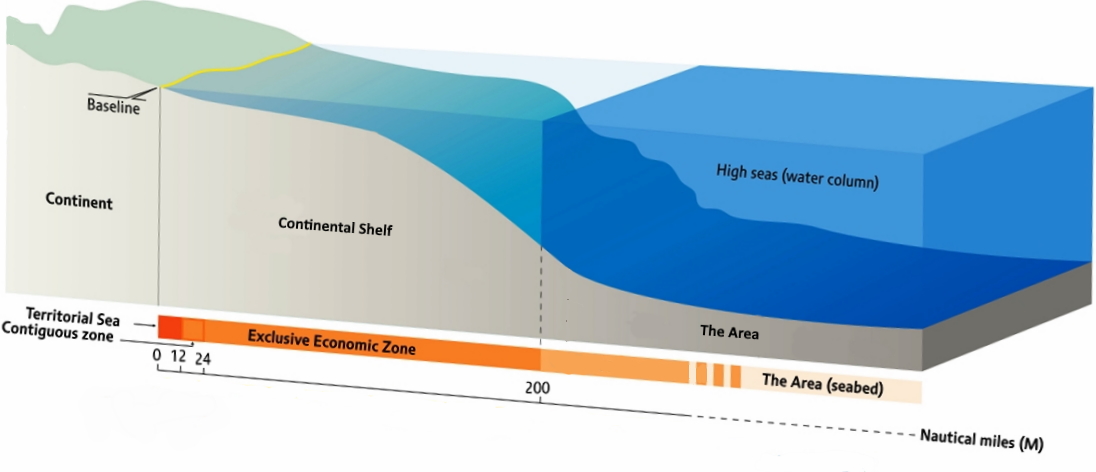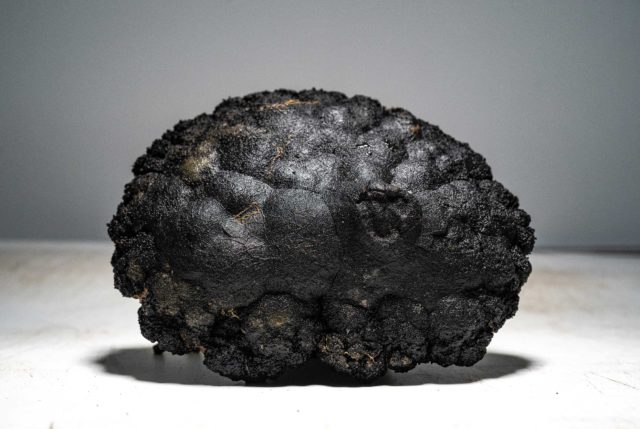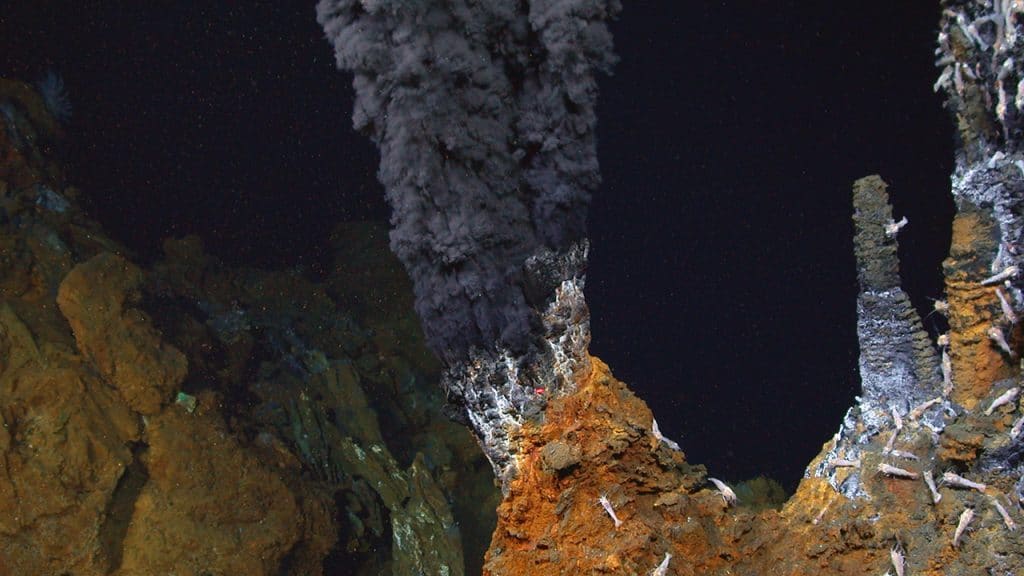Q&A - What is ... ?
Deep sea -
Deep sea is considered a part of the sea below 200m.
Deep seabed mining -
Deep seabed mining is mining that takes place below the 200m mark. While all mining taking place below 200 m deep is deep seabed mining there should be underlined that not all deep seabed mining falls under international legal framework. There are some parts of the ocean where while the depth is below 200m it falls under certain state national jurisdiction and national law is regulating mining activities in that part.

The Area -
The Area is part of the deep seabed that does not fall under national jurisdiction. The Area starts where the continental shelf ends, typically 200 nm from the baselines with some exceptions. In contrast to the deep seabed which falls under national jurisdiction and belongs to a certain state, the Area does not belong to any particular state but to the whole humankind.

Dark blue - the Area. Source - B1mbo [CC BY-SA 3.0 cl} via Wikimedia Commons
The International Seabed Authority -
As the Area cannot be appropriate by any particular state a specific entity was created - International Seabed Authority or ISA to exert the owner’s rights on behalf of humankind. It is a singular entity that controls activities in the Area including deep seabed mining. It has an elaborated internal structure to fulfil its role and obligations.
Minerals -
The Area is mainly interesting for the international community and businesses because of its minerals. Minerals that reside in the Area contain precious metals that are needed for the green transition. These minerals are needed for batteries that will be used for electric cars or phone batteries and are scarce on the surface and abundant, easy to collect on the sea floor.
There are three types of minerals in the Area: polymetallic nodules, polymetallic sulphides, and cobalt-rich ferromanganese crust. Currently, all the focus is concentrated on polymetallic nodules mining as it can be conducted in the easiest and the least destructive manner.

Polymetallic nodule. Credit: DeepGreen

Polymetallic sulphides are formed by hydrothermal vents. Source: https://www.whoi.edu/know-your-ocean/ocean-topics/seafloor-below/hydrothermal-vents/
Cobalt-rich ferromanganese crust.
Dangers -
While deep seabed mining has tremendous potential and might have a significant role in green transition by providing necessary minerals for batteries it brings a lot of risks that cannot be fully foreseen or assessed. The main reason is that the knowledge about the deep sea is very limited. Just recently it was celebrated that ¼ of the ocean floor is mapped while the full map is expected to be provided only in 2030. Also just a couple of days ago a new article was published that 5000 new species were founded in the area where the first commercial deep seabed mining should start. These are the most recent examples of how much is still unknown about the Area. Nevertheless, even when deep seabed mining is still on the way it is evident that deep seabed mining unquestionably will inflict damage to the marine environment and its biodiversity but we have no sufficient knowledge to determine the extent of damage and the acceptable limits. For sure we will have direct physical damage, damage by sediments, noise and light pollution, and more.